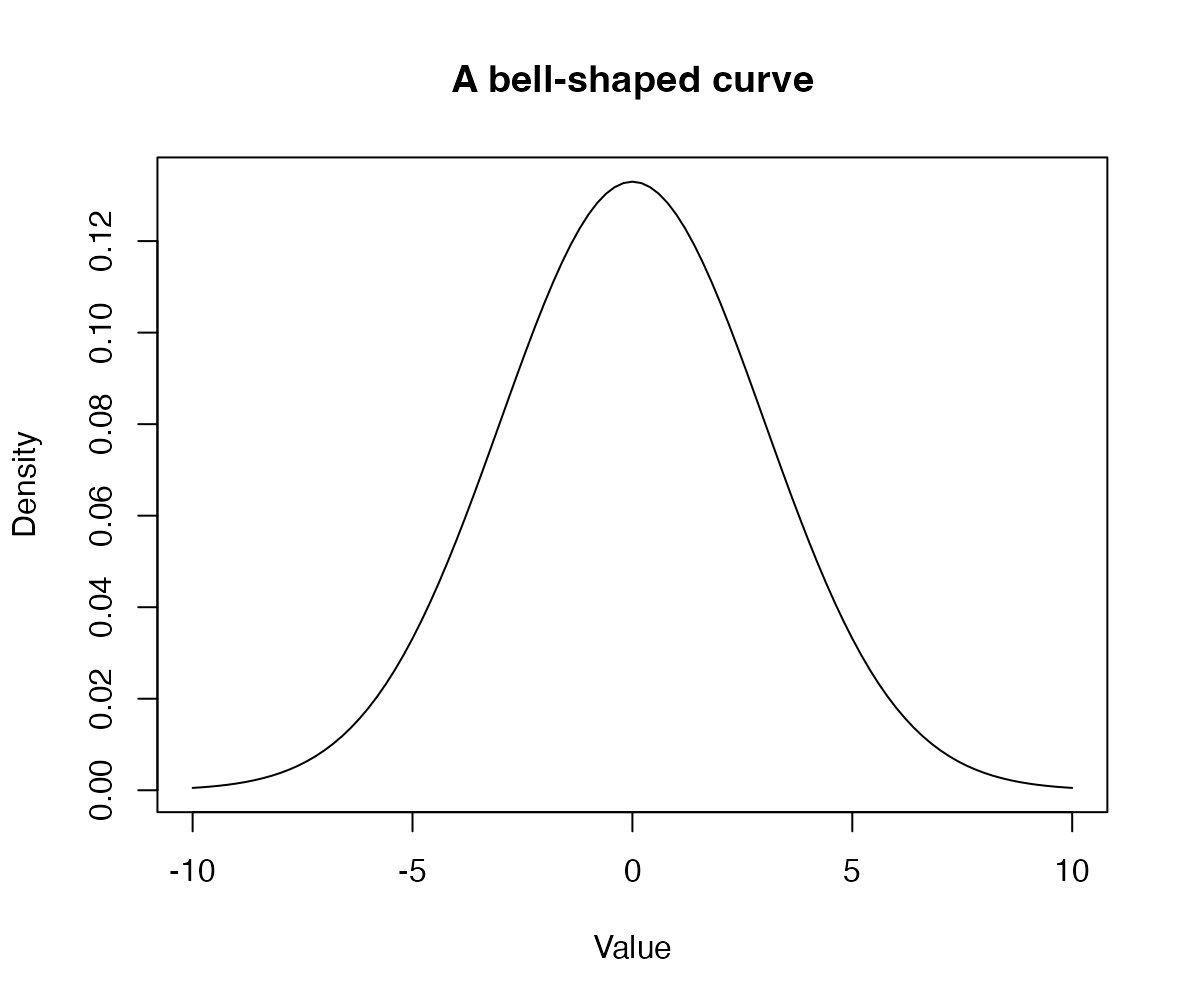**This is an old revision of the document!**
Table of Contents
Social subjects beyond norm and action
Social subjects beyond norm and action
Ryan Schram
ANTH 2700: Key debates in anthropology
ryan.schram@sydney.edu.au
Social Sciences Building 410 (A02)
Week of March 31, 2025 (Week 6)
Slides available at https://anthro.rschram.org/2700/2025/6
Main reading: Miller (2010)
Other reading: Hendriks (2023); Shange (2019)
A story from Portland, Oregon
Overheard at the coffeeshop: “I wonder what it is like to have a culture.”
What would you say?
Go to this Padlet: https://sydney.padlet.org/ryanschram/what-would-you-say-lcmkv4zmiyf0me5s
Contemporary anthropologists must use binoculars to see society
The social sciences begin by embracing a synchronic view over a diachronic view.
Later scholars argued we need to see any society as the outcome of historical change.
Now, we need to maintain binocular vision on the the object of explanation, that is, be able to see it in both synchronic and diachronic perspectives at the same time.
The rule in ruler
Following a “norm” is like drawing a line with a T-square. The line is straight because the tool is straight.
Following social norms is like playing a game. If you break one of the rules of the game, you can’t play.
These are not the only relevant meanings of norm and normal.
A random variable has a bell-shaped distribution
Height is a random variable across a population
- Everyone in this class is a different height. There is a shortest (min) and a tallest (max).
- Most people are near the midpoint (median) of the min and the max
- And, the average height is close to median
- The distribution of heights in this class and the population (students at USYD) is Gaussian or bell-shaped.
How do you define normal?
- The people in the Portland coffeshop were saying themselves “We’re normal.”
- Orokaiva people are normal human beings because they aren’t like ejeba people, ol waitman.
- Workers at Signature Fashions think of themselves as middle-income people, neither rich nor poor.
There’s a problem with the idea that society is a rulebook
- Rules are statements, but social “rules” not always stated and don’t need to be stated to have force.
- What kind of a rule is “unspoken”?
- People use the language of rules when they talk with each other, and all people do is talk with each other.
- They may not be stating their ideas about rules in categorical terms, but they do judge and evaluate other people’s actions and their own in the course of interactions.
Every action sends a message. Everyday life is a conversation.
Social action is not just meaningful, it’s a message. When we appear in public, our appearance sends many messages, some of which is intentional and some which are unintentional.
| American | Auhelawa | |
|---|---|---|
| Ripped jeans | Hip, stylish, bohemian | Poor, rural, simple (bilibilij) |
| Unwashed hair | Dirty, unhygienic | Respectful of father’s matrikin during a time of mourning |
We can distinguish between signals that we give intentionally and those we give off unintentionally (Goffman 1973, 2).
We also receive information from other people’s presentation and action
Every person receives feedback from the other people with whom they are interacting.
A: [casual, friendly] Hey what up.
B: 🤔
A: [serious, solemn] Oh… um, excuse me, Your Holiness. I am honored to be in your presence.
Obligatory reference to a classic early-aughts “wireless” ad tauting the company’s great cellular coverage area
“Jimbo” [Cingular Wireless]. 2006. BBDO. https://www.youtube.com/watch?v=k0pL_CsK3Dk.
Cingular has no dropped calls. You don’t have to worry that a long pause means you said something stupid to a future in-law.
References and further reading
Goffman, Erving. 1973. The presentation of self in everyday life. New York: Overlook Press.
Hendriks, Thomas. 2023. “On the Surprising Queerness of Norms: Anthropology with Canguilhem, Foucault, and Butler.” Anthropological Theory 23 (3): 235–54. https://doi.org/10.1177/14634996221117755.
Miller, Daniel. 2010. “Anthropology in Blue Jeans.” American Ethnologist 37 (3): 415–28. https://doi.org/10.1111/j.1548-1425.2010.01263.x.
Shange, Savannah. 2019. “Black Girl Ordinary: Flesh, Carcerality, and the Refusal of Ethnography.” Transforming Anthropology 27 (1): 3–21. https://doi.org/10.1111/traa.12143.
ANTH 2700: Key debates in anthropology—A guide to the unit
Lecture outlines and guides: 1, 2, 3, 4, 5, 6, 7, 8, B, 9, 10, 11, 12, 13, 14, 15.
Assignments: Weekly writing assignments, What I learned about the future of anthropology: An interactive presentation, Second essay: Who represents the future of anthropology and why?, Possible sources for the second essay, First essay: Improving AI reference material, Concept quiz.

